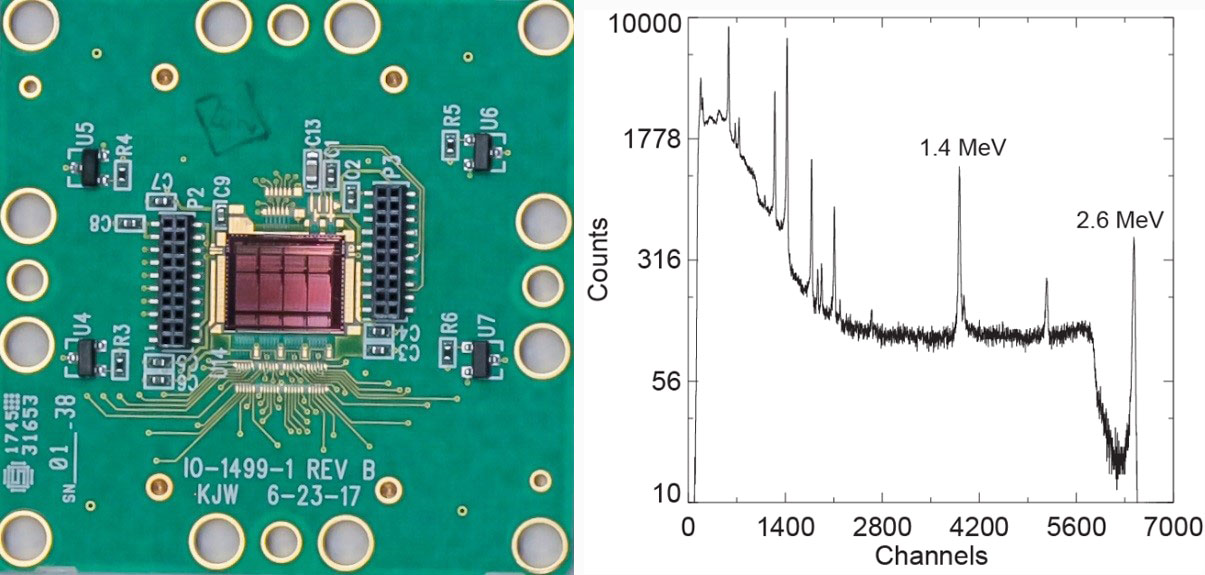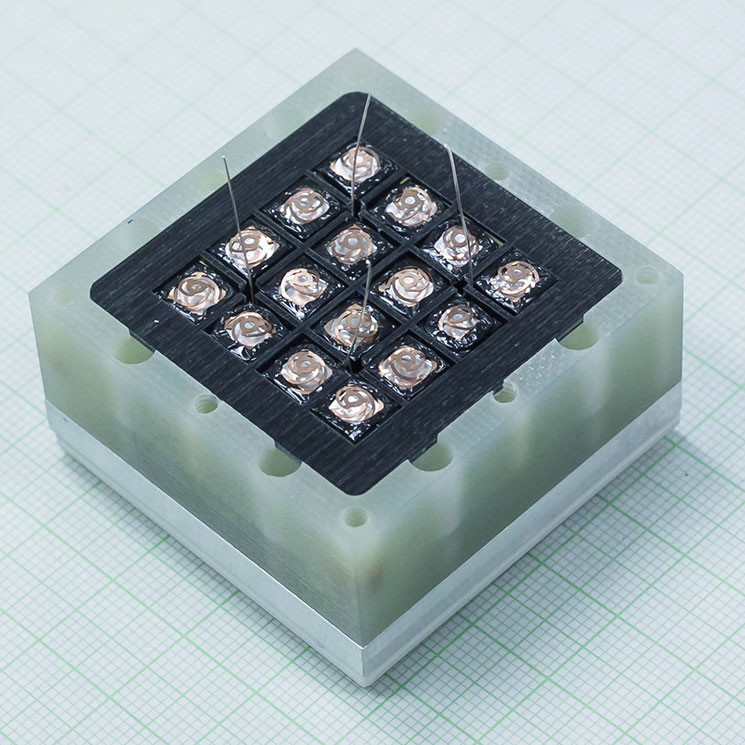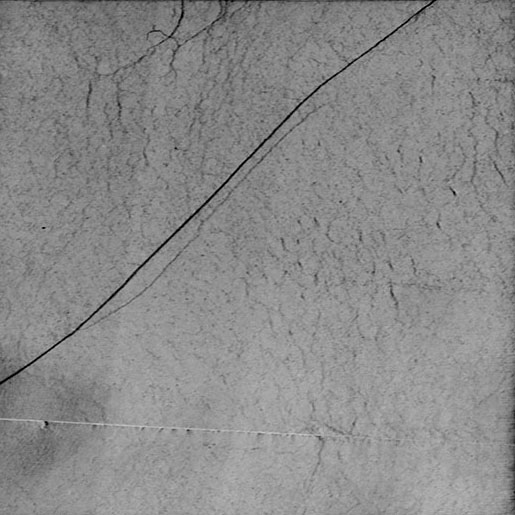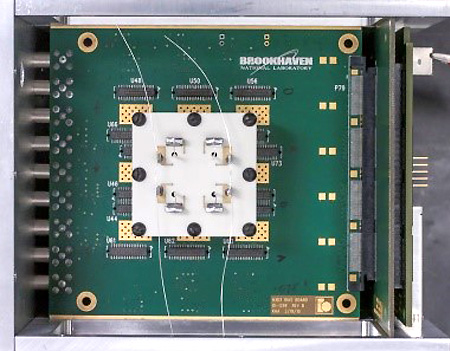Sensors
Room-temperature Semiconductors
Basic research, medical diagnosis and treatment, nuclear power production, radioactive waste disposal, and nuclear security require high-sensitivity, high-resolution radiation detectors operating in field conditions and at ambient temperatures. Brookhaven’s Instrumentation Department is developing several types of room-temperature semiconductor detectors and advanced electronics that can support such applications.
Our Capabilities
- Optimization of pixelated, coplanar-grid, and virtual Frisch-grid detector configurations and readout electronics for high-resolution spectroscopy and imaging of gamma-ray sources
- Characterization of detector materials with nondestructive techniques—for example, 3-D infrared transmission microscopy and high-resolution x-ray response mapping—to identify causes of material nonuniformities and provide feedback to crystal growers
- Identification and investigation of crystal defects impacting detector performance via x-ray beams at Brookhaven’s National Synchrotron Light Source II
- Integration of multichannel low-noise readout electronics and advanced signal processing systems
Case Studies
Gamma Ray Imaging
In response to the need for high-effective-area, high-spectral-resolution gamma cameras by the U.S. Department of Energy, National Nuclear Security Administration (NNSA), and National Aeronautics and Space Administration (NASA), we built position-sensitive cadmium zinc telluride (CZT) arrays.
Radioactive and Nuclear Material Detection
We developed CZT and thallium bromide (TlBr) sensors, front-end electronics, and data acquisition systems for compact, handheld radiation detectors. Nuclear inspectors and law enforcement officers at the NNSA and U.S. Department of Homeland Security will use these detectors to conduct security screenings, monitor nuclear facilities, and perform other radiation monitoring activities.
Gamma-ray Astronomy
We prototyped CZT detector arrays with submillimeter position resolution for the future NASA All-sky Medium Energy Gamma-Ray Observatory (AMEGO) telescope. AMEGO requires high position sensitivity for the study of supernovae and other astrophysical objects with unique signatures in the gamma-ray region.
A front-end application-specific integrated circuit (ASIC) chip mounted on a readout board (left). This ASIC is a key component of the signal readout system we developed for our basic 4 × 4 arrays of CZT and TlBr detectors that enabled us to achieve a germanium-quality spectral response. For example, the spectrum of a U-232 source through a 5 mm lead measured with a 10 × 10 × 32 mm3 position-sensitive CZT bar shows that high-energy gamma-ray lines (e.g., 2.6 MeV) can be detected with such devices (right).

A 4 × 4 baseline array of position-sensitive virtual Frisch-grid CZT detectors.

An x-ray topography image of a 2 × 2 cm2 CZT crystal with internal defects.





